Unfortunately, harmful fungi species may damage your lawn. You may be saying goodbye to your picture-perfect, lush, green lawn in the blink of an eye!
So, if you're dealing with lawn fungi problems, the best course of action is to apply a fungicide treatment. When overlooked, fungal diseases on lawns may be expensive, time-consuming, and challenging.
We've rounded up some of the best fungicides for your lawn today, so you can keep your turf as healthy as possible!
0 Rating
It is considered the most cost-efficient and effective fungicide in the market. You can count on it to prevent and control common turf diseases for up to 3 weeks.
192 Ratings
Applying DiseaseEx from Scotts helps you deal with fungal lawn diseases– even if you don't know exactly which condition you're dealing with.
0 Rating
This fungicide can be used to prevent future fungus prevention, not only when fungal diseases already damage your lawn.
2 Ratings
This broad-spectrum fungicide can help prevent many fungus issues, mainly if you apply it early in the season.
0 Rating
It is commonly applied with Propiconazole on an alternative basis, and both are considered a great 1-2 combo to prevent lawn diseases.
242 Ratings
It has a weatherproof formula to ensure prolonged protection for your lawn after application, up to 30 days.
1,352 Ratings
Aside from being a fungicide, it also has insecticidal properties to keep pests off your turf. This kills harmful lawn insects.
232 Ratings
It has a quick-dissolving granular form, which you can reapply every two weeks. The frequency will vary, so you can apply as often as necessary.
In This Review & Buyers Guide
8 of the Best Fungicides for your Lawn
Are you still torn about which fungicide to buy and use on your lawn? We've got you covered with our top picks today.
Propiconazole is considered the most cost-efficient and effective fungicide in the market today. You can count on it to prevent and control common turf diseases for up to 3 weeks.
128 oz. of this product can cover an acre of your lawn, with an application rate of 2 oz. per 1,000 sq. ft. Applying 2 to 4 oz. of this fertilizer per 1,000 sq. ft. is ideal for preparing your lawn for winter. Doing so also prevents snow mold during the spring.
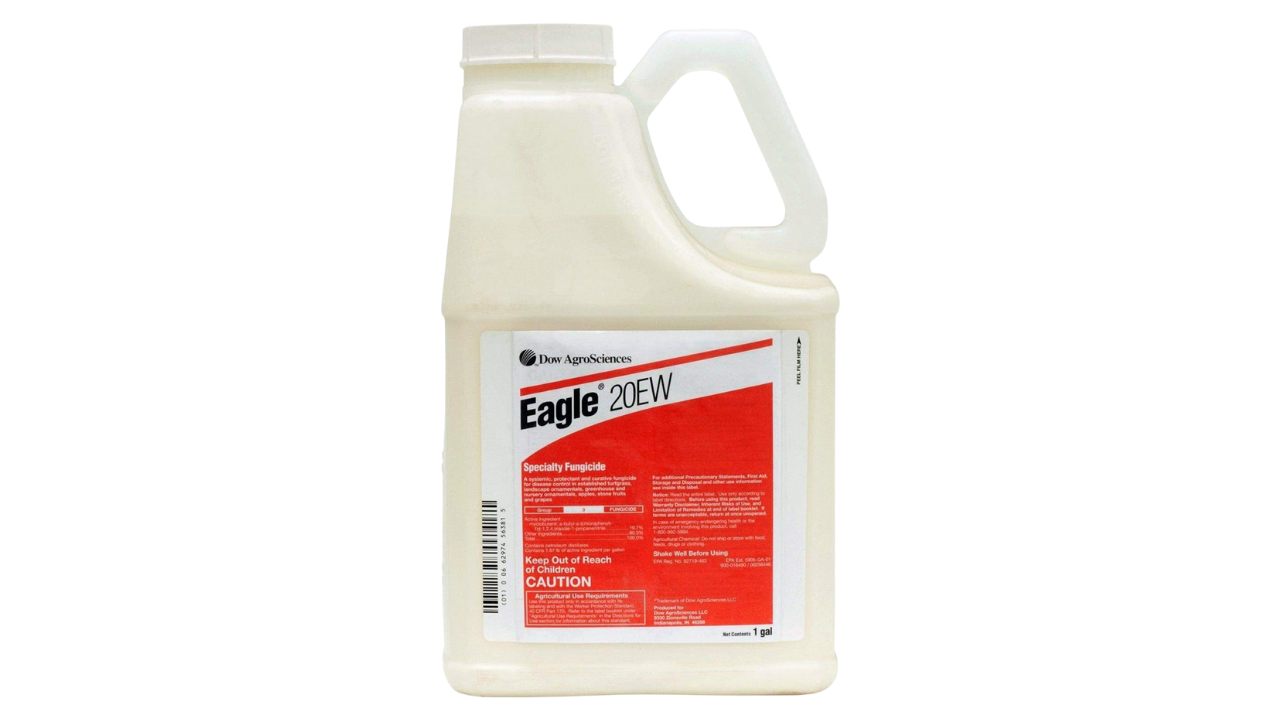
The DOW Eagle 20EW fungicide is effective on several turfgrass varieties, landscape ornamentals, and vines.
This product won’t be limited to exclusive lawn applications alone. Talk about making the most bang out of your buck! This fungicide can also be used to prevent future fungus prevention, not only when fungal diseases already damage your lawn.
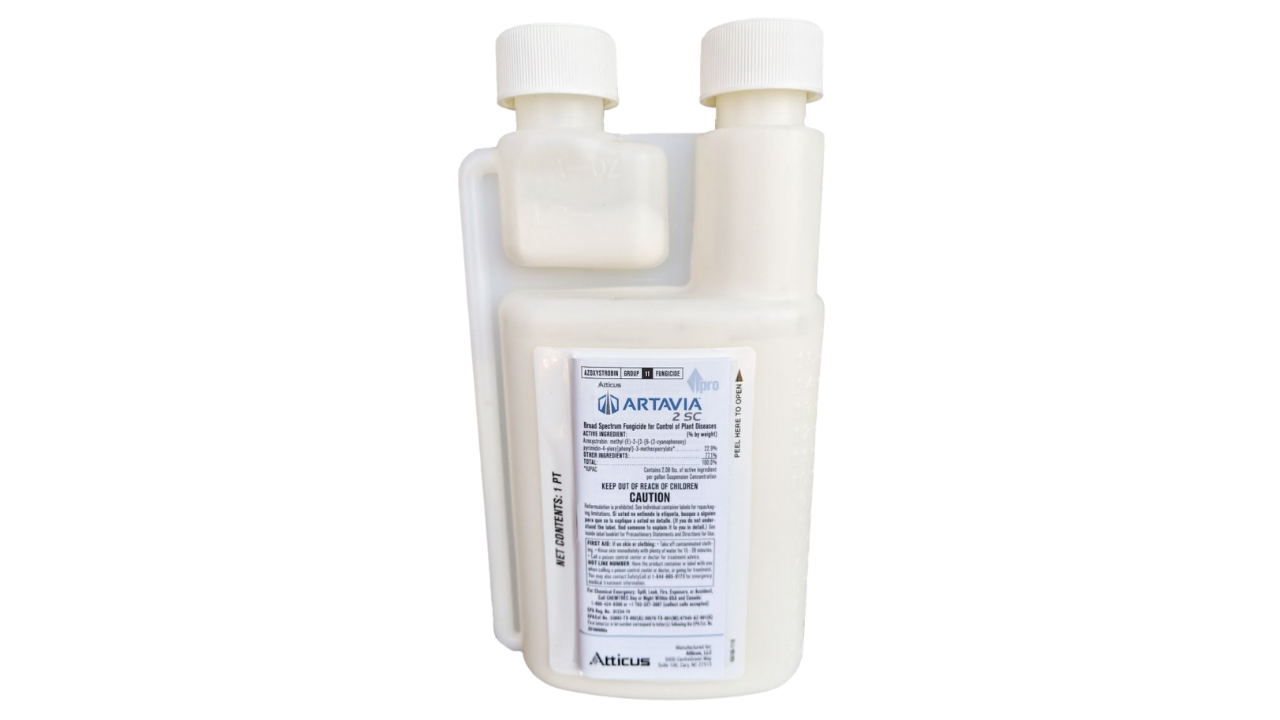
Artavia 2 SC is a broad-spectrum liquid fungicide, which costs you more than other options on this list. Depending on the type of fungus you are currently dealing with, apply 0.38 to 0.77 oz. per 1,000 sq. ft. for 10 to 28 days of disease coverage.
It is commonly applied with Propiconazole on an alternative basis, and both are considered a great 1-2 combo to prevent lawn diseases such as brown patch fungus. You can also use the Artavia 2SC to help prevent leaf spots.
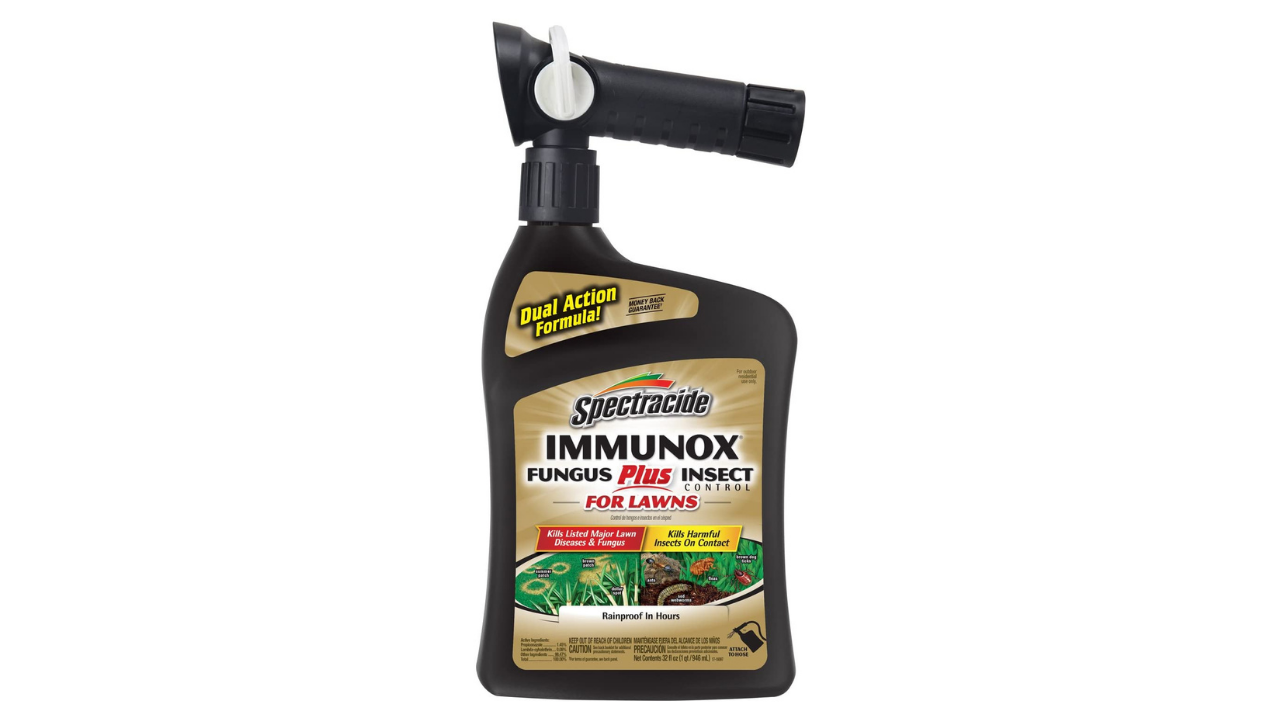
Another effective fungicide option for your lawn is the Spectracide Immunox Fungus Plus. Aside from being a fungicide, it also has insecticidal properties to keep pests off your turf. This kills harmful lawn insects like brown dog ticks, fleas, and sod webworms.
Another upside to this product is how it can be easily washed away by rain after application. You won't need to lift a finger!
Another advantage of Spectracide Immunox Fungus Plus is that it cannot be easily washed away by rain once you apply it. It effectively prevents and controls various grass diseases caused by harmful fungi. You can use a garden sprayer for its application, but it can also be directly connected to the water hose.

This next fungicide is a crowd-favorite choice, as it effectively deals with different grass diseases brought upon by fungal pathogens.
In most cases, applying DiseaseEx from Scotts helps you deal with fungal lawn diseases– even if you don't know exactly which condition you're dealing with. Chances are, the fungal disease is among what this product can control. As per the manufacturer, you can count on DiseaseEx to prevent 26 various lawn diseases.
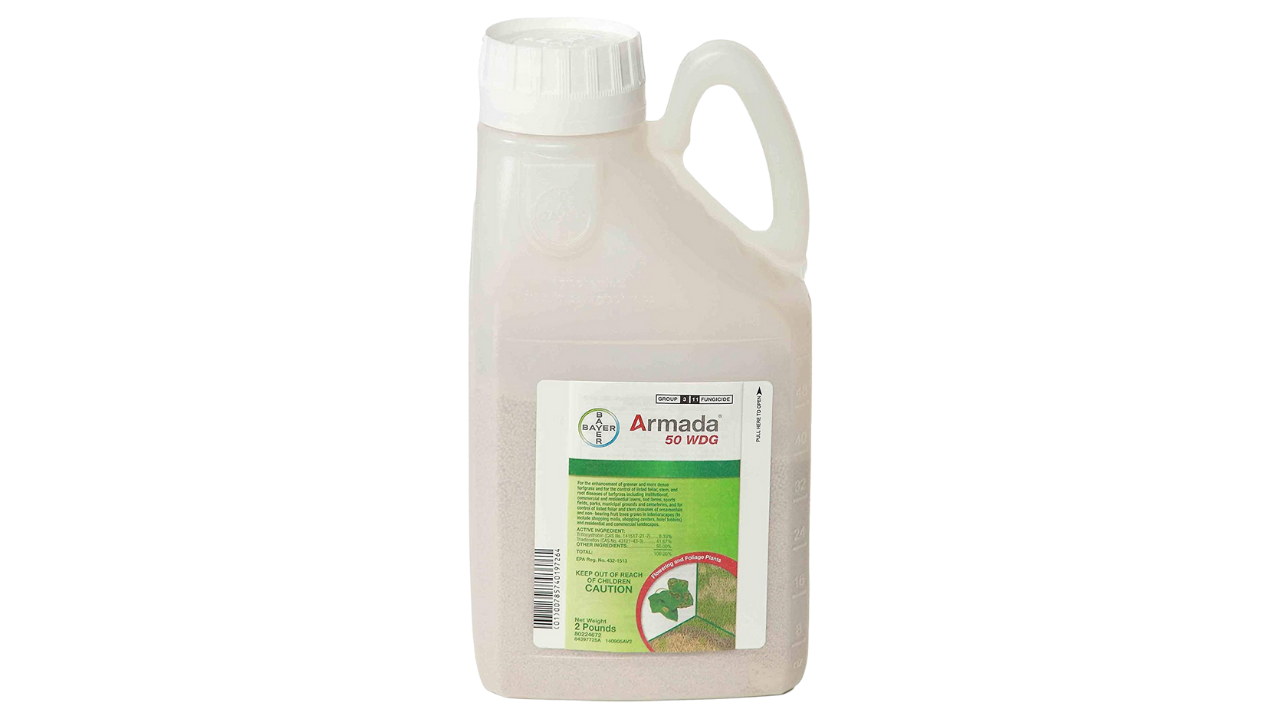
Are you looking for an all-in-one solution? You may want to check out the Armada 50 WDG. It is a powerful combination of FRAC 3 and FRAC 11 fungicides.
The water-dispersible granule (WDG) will require to be fully dissolved, suspended, and mixed before application. Ideally, use 1.5 oz per gallon to cover 1,000 sq. ft. This broad-spectrum fungicide can help prevent many fungus issues, mainly if you apply it early in the season.
Expert Tip: Rotate the application with other non-Group 3 or 11 grass fungicides when applied twice.
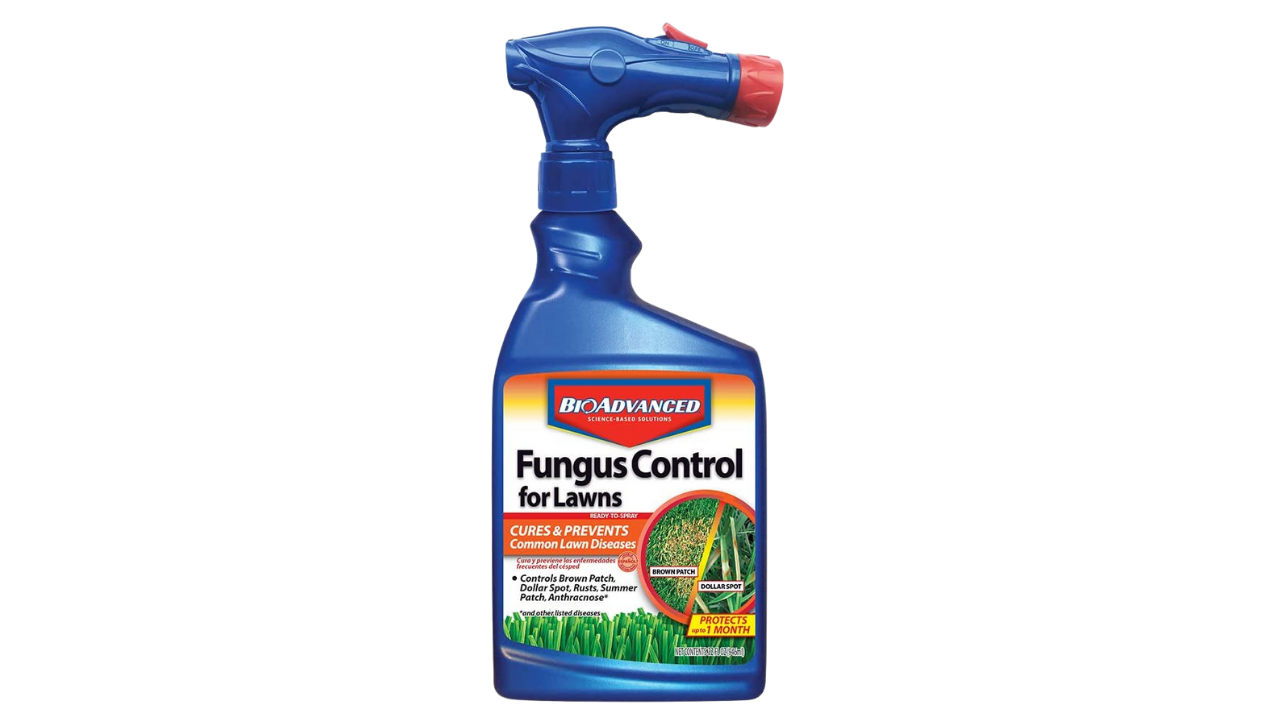
This liquid fungicide from BioAdvanced is a liquid fungicide that’s formulated to help prevent common lawn fungal diseases such as anthracnose, brown patch, dollar spot, fusarium patch, gray leaf spot, powdery mildew, red thread, stripe smut, summer patch, rust, and snow mold. (Related: Common Lawn Pests and Problems in Florida)
It also has a weatherproof formula to ensure prolonged protection for your lawn after application, up to 30 days. As for its application, it can be easily connected to the water hose for instant sprinkling.
But since it is a liquid fungicide, the spread from the water use may not be economical– considering the quantity of the product used.
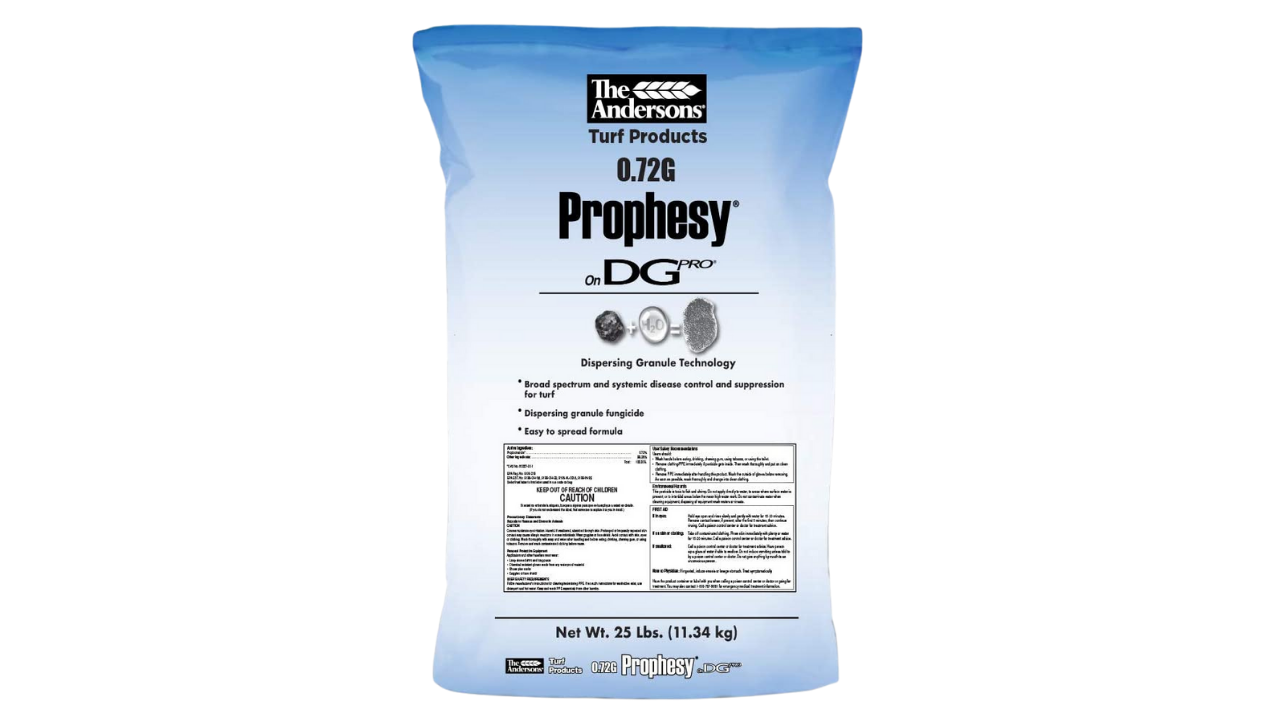
This next lawn fungicide helps prevent fungal diseases, including brown spots, dollar spots, and pink patches. It has a quick-dissolving granular form, which you can reapply every two weeks. The frequency will vary, so you can apply as often as necessary to keep your turf free of fungus.
A 25 lbs. bag can cover up to 10,000 square feet of lawn. It is considered both broad-spectrum and systemic, and with regular use– it can help keep fungus-related diseases away.
The Importance of Fungicides for a Healthy Lawn
If you want a healthy and thick lawn, you will need more than just the help of fertilizers and herbicides. Untreated lawn diseases may spread before you know it and ultimately ruin your lawn instantly. It would be best to pay importance to proper fungus control in your routine lawn care activities.
Ensure to pick the proper lawn fungicide to treat the specific brown patch lawn disease and other grass funguses plaguing your turf.
Frequently Asked Questions (FAQs)
When can I apply fungicides?
Warm temperatures (from 75 and 90 F) and excessive humidity are ideal for developing various lawn diseases. As a result, the late spring and early summer are the most vulnerable times for your lawn. It would be best to apply fungicide to your turf during this period, whether or not they exhibit signs of grass diseases.
Can I apply fungicide and fertilizer at the same time?
It is something not recommended by experts. Since most fungicides have their nourishing ingredients, it's necessary to wait a few days for them to penetrate the lawn and start working. Furthermore, some fertilizers do not need to be watered after application, whereas fungicides do.
How can I apply fungicides?
Like pesticides and herbicides, Fungicides are often applied as liquids or granules. To properly use fungicides, always read the product label and follow the instructions as much as possible. Reapply your fungicide as needed, every 14-21 days, depending on the fungicide's label. After every 2-3 applications, switch between fungicides from different Fungicide Resistance Action Committee (FRAC) groups.
How can I prevent fungicide resistance?
Plants can potentially develop resistance to the active ingredients in fungicides very quickly. Once immune, the fungicide will either stop acting or stop working effectively. As a result, it's essential to rotate fungicide applications between modes of action. After 1-2 treatments with one fungicide, you would switch to a new fungicide in a different FRAC group to help prevent resistance.
Can I water the lawn after applying fungicide?
Fungicides come in a variety of types: granules, sprays, liquids, and so on. The vast majority of lawn treatments are systemic fungicides. The funguses should be absorbed into the grass to be destroyed. It is by far the most effective method of combating fungus. As a result, it is essential to water the lawn after applying the treatment to guarantee that it is effective. Remember to wait for the grass to dry before stepping on it.
